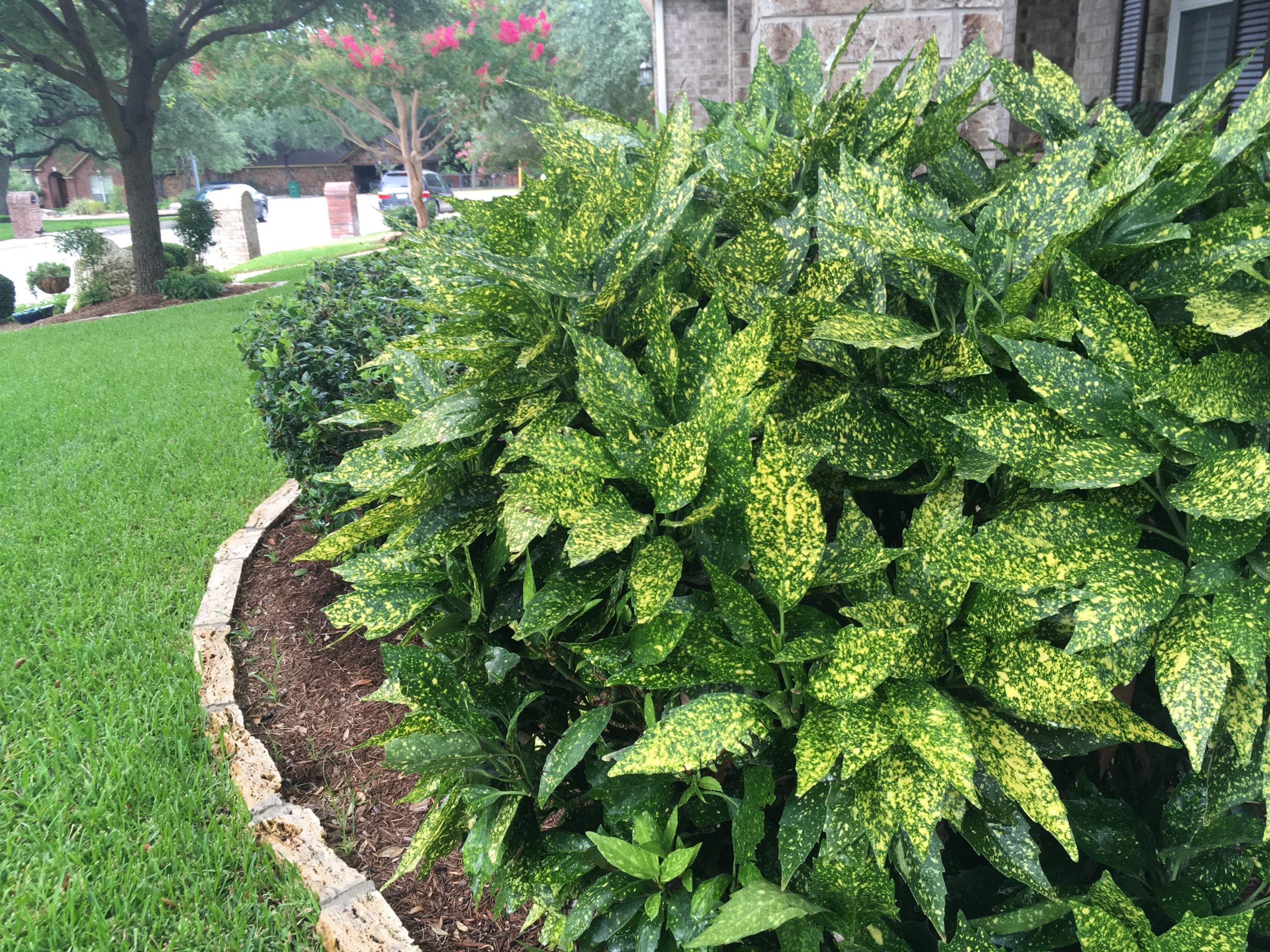The gold dust plant, also known as Aucuba japonica, is an eye-catching and easy-to-grow shrub that can add vibrant color and texture to gardens and indoor spaces. With its gleaming green leaves speckled with yellow flecks, it’s easy to see where this plant gets its common name. I’ve been growing these beauties for years and want to share why the gold dust plant should have a spot in every garden and home.
An Overview of the Gorgeous Gold Dust Plant
Native to Japan, China, and the Himalayas, the gold dust plant is an evergreen shrub that grows to 6-10 feet tall and wide. It thrives in zones 7-10 and does best in partial shade to full shade Mature plants can tolerate full sun in cooler climates
The oval green leaves have irregular yellow spots and blotches that resemble splashed paint This striking variegation adds a tropical look to the garden New growth emerges with a pinkish tinge before maturing to dark green.
Tiny purple flowers bloom in spring but they aren’t the main attraction. This plant’s claim to fame is definitely its fabulous foliage.
Gold dust plants are dioecious, meaning each plant is either male or female. To produce the red berry-like fruits in fall, plant a male and female shrub near each other. The fruits attract birds once they ripen.
Growing Conditions for Healthy Gold Dust Plants
While flexible, gold dust plants thrive when given moist, rich soil and cool climates Here are their key needs
-
Soil – Rich, moist, well-draining soil is ideal. Average to poor soil is tolerated.
-
Light – Partial sun to full shade. Protect from hot afternoon sun.
-
Water – Keep soil consistently moist for best growth. Established plants have moderate drought tolerance.
-
Temperature – Prefers cool climates. Can withstand freezing temps down to -5°F once established.
-
Fertilizer – Feed in early spring with a balanced fertilizer. Use half strength to avoid burn.
-
Pruning – Prune leggy growth in spring to shape. Pruning improves form and foliage density.
-
Propagation – Take 4 inch cuttings from male and female plants in summer. Root in soil and peat moss.
Uses for Gold Dust Plants in Gardens and Containers
Beyond being a low maintenance specimen plant, gold dust shrubs have many uses in garden design. Here are some of my favorites:
- Hedges and screens
- Privacy borders around patios and decks
- Shady foundation plantings
- Woodland gardens and shade gardens
- Mixed borders to add color and texture
- Container plant for patios, porches, and indoor areas
The gold dust plant’s tropical vibe makes it a great container plant. Use a quality potting mix and fertilize monthly. Bring containers indoors before temps drop below 60°F.
Avoiding Problems with Gold Dust Plants
When grown in the right conditions, gold dust plants are relatively pest and disease free. Here are some potential problems to watch for:
- Leaf scorch in too much sun
- Root rot in wet soils
- Mealybugs, scales, and mites
- Winter dieback in cold climates
Proper siting and care along with good drainage prevent most issues. Pick off any insects and hose plants down to control mites.
The Verdict on Growing Gold Dust Plants
If you’re looking for a low maintenance, year-round color provider, the gold dust plant should top your list. The eye-catching foliage brightens up shady areas where many plants fail to thrive. Use it as a foundation, hedge, specimen, or container plant.
With very few problems, this easy-going shrub earns its place in gardens across a wide region. The gold dust plant is one of the most versatile shrubs for part shade areas, providing a splash of the tropics wherever it grows.
What is the botanical name of Gold Dust Aucuba?
Its botanical name is Aucuba japonica Gold Dust.
What Size is your Japanese Laurel for Sale Online?
The Gold Dust Aucuba that we sell online will ship in a greenhouse grade grow pot. Each plant will be appropriately sized for its pot. Please contact us with any specific questions.
How to Grow Gold Dust Aucuba with detailed description
FAQ
How do you care for gold dust aucuba?
How big do gold dust aucuba get?
Where is the best place to plant Aucuba?
Do gold dust plants like sun or shade?
- The Ultimate Guide to Growing Strawberries in Raised Beds - August 8, 2025
- No-Dig Garden Beds: The Easiest Way to Grow a Beautiful Garden - August 6, 2025
- How to Protect and Preserve Wood for Raised Garden Beds - August 6, 2025

